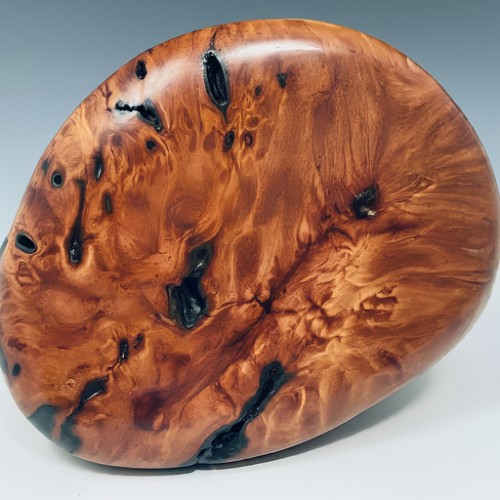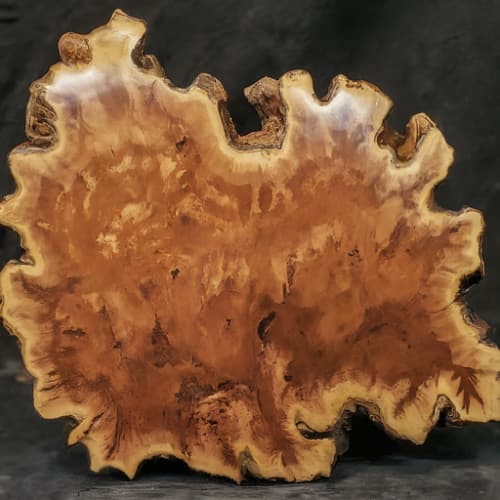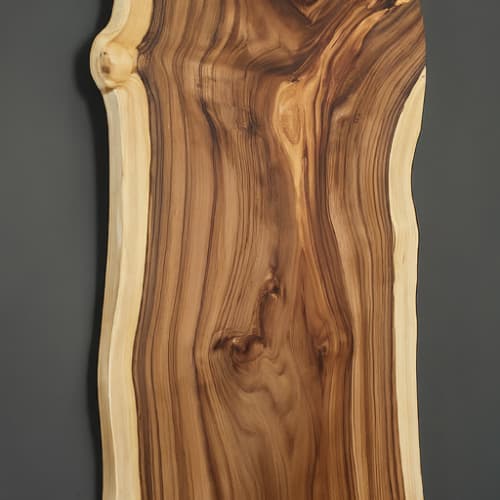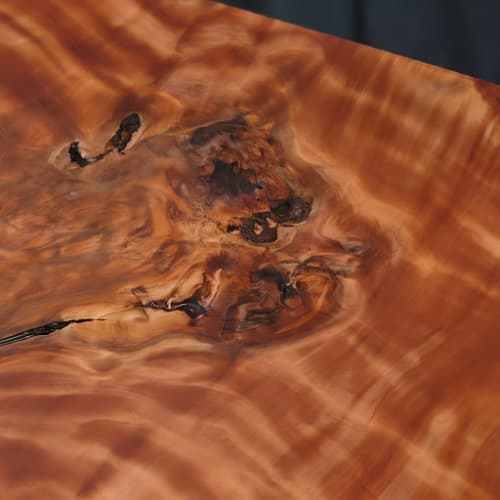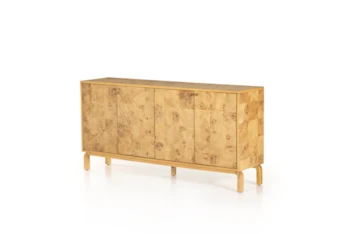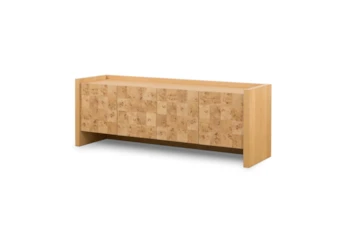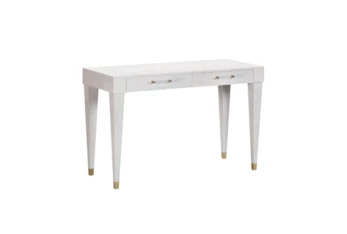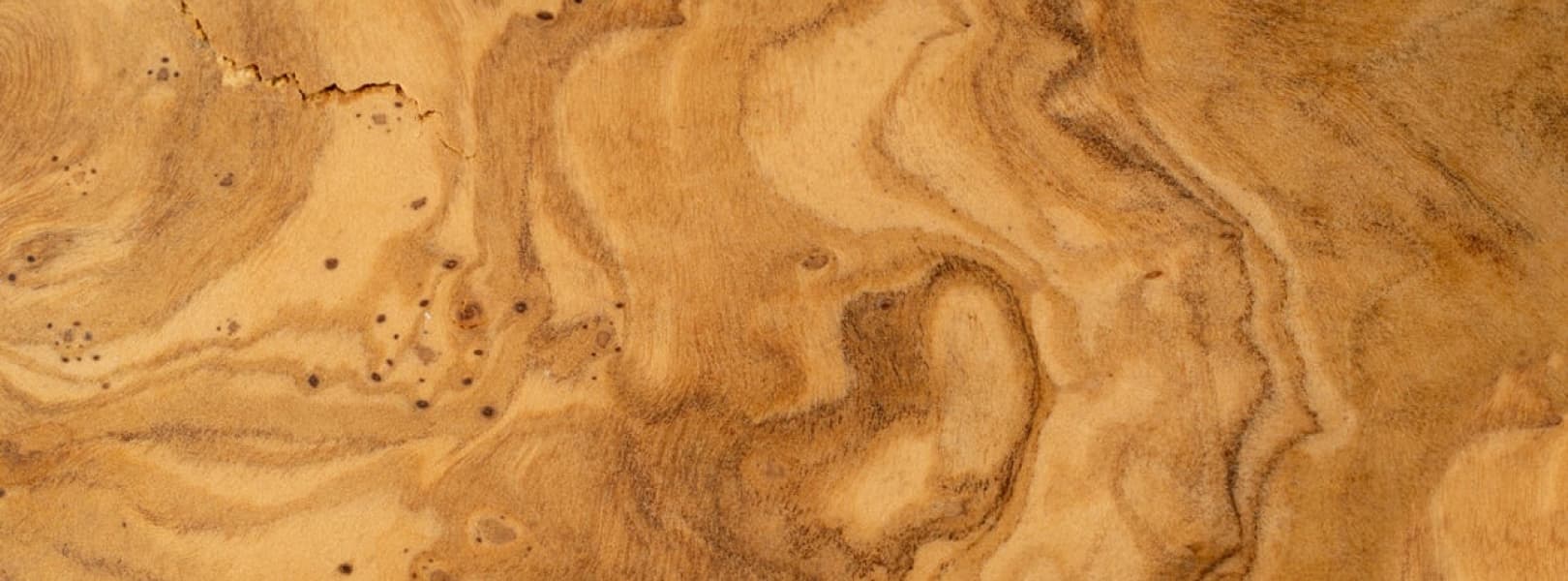
What Is Burl Wood? A Guide to the Sought-After Pattern
The unique characteristics of burl wood lend themselves to a variety of uses, ranging from functional to purely decorative. With its exquisite, swirling patterns and natural luster, it is employed in the crafting of fine furniture, high-end automobile interiors, musical instruments, and luxury accessories.
The smooth, interlocked grain structures present a canvas for woodworkers to create one-of-a-kind pieces that accentuate the inherent beauty of the wood. The inherent stability of burl wood, despite its deformed growth, makes it an attractive choice for woodturning, as it rarely warps or splits when drying.
Harmonies in Hardwood
Sustainability and Burl Wood Harvesting

Ethical Burl Wood Sourcing
Types of Burl Wood Tree Species
The Craft of Turning Burl Wood
What is special about burl wood?
Is burl wood expensive?
How can you tell if wood is burl?
Where Do You Burl?
Is burl wood rare?
Can you cut a burl without killing the tree?
Read the Latest
Editorial Disclaimer: Articles featuring tips and advice are intended for educational purposes and only as general recommendations. Always practice personal discretion when using and caring for furniture, decor and related items.


